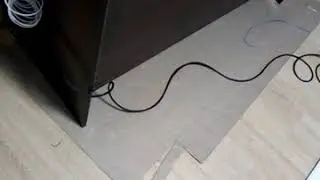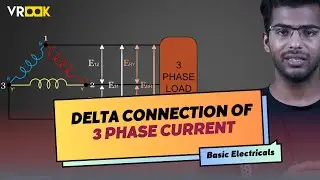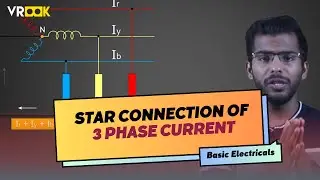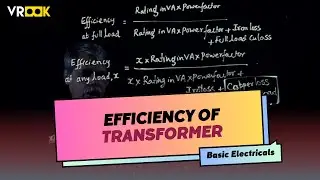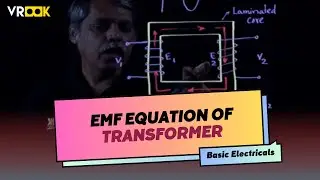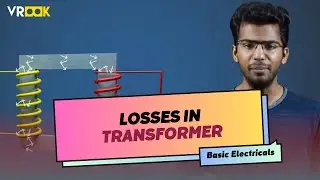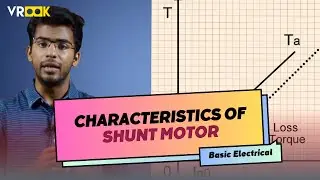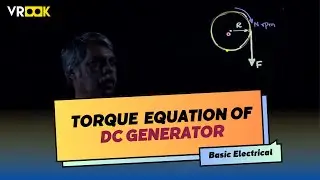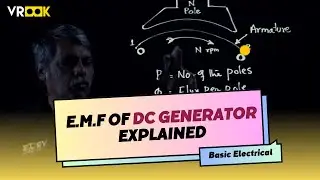What is Mutual Inductance? EMF explained with animation | Physics | Electrical | Engineering | NCERT
The transformers which are a crucial part of the electric transmission works on the principle of mutual inductance.
So, in this video, you will see & understand the concept with animations and simple explanations.
0:00 - 0:49 Energy Transferred between circuits
0:49 - 1:52 Mutually Induced EMF
1:52 - 3:24 Mutual Inductance Formula
Mutual inductance is a circuit parameter between two magnetically coupled coils and defines the ratio of a time-varying magnetic flux created by one coil being induced into a neighbouring second coil.
Previously we saw that an inductor generates a self-induced emf as a result of a changing magnetic field around its own coil turns. When this emf is induced in the same circuit in which the current is changing this effect is called Self-induction (L).
However, when the emf is induced into an adjacent coil situated within the same magnetic field, the emf is said to be induced magnetically, inductively or by Mutual induction, symbol ( M ). Then when two or more coils are magnetically linked together by a common magnetic flux they are said to have the property of Mutual Inductance.
Mutual Inductance is the basic operating principal of the transformer, motors, generators and any other electrical component that interacts with another magnetic field. Then we can define mutual induction as the current flowing in one coil that induces a voltage in an adjacent coil.
But mutual inductance can also be a bad thing as “stray” or “leakage” inductance from a coil can interfere with the operation of another adjacent component by means of electromagnetic induction, so some form of electrical screening to a ground potential may be required.
The amount of mutual inductance that links one coil to another depends very much on the relative positioning of the two coils. If one coil is positioned next to the other coil so that their physical distance apart is small, then nearly all of the magnetic flux generated by the first coil will interact with the coil turns of the second coil inducing a relatively large emf and therefore producing a large mutual inductance value.
#mutualinductance
And Dont forget to Subscribe to our channel
for more simple & fun explainers about interesting topics.
( You are a gem, if you are a subscriber already )
For daily micro lessons - Follow us on
Instagram - / vrook.co
Facebook - / vrook.co
Twitter - / vrook_co
For collaboration and Content creation,
Contact - [email protected]
VROOK
Learn on the go




